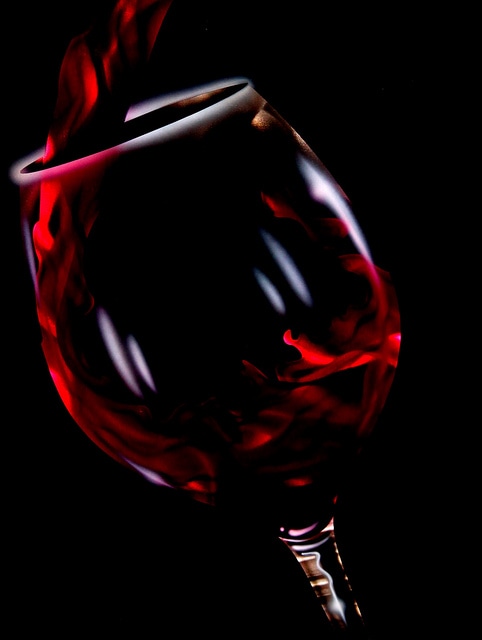 How can you tell if a wine is good? By tasting it, obviously.
How can you tell if a wine is good? By tasting it, obviously.
However, there are other ways. Oenology, or the science of winemaking (from “oinos”, the Greek word for wine), tells us that the quality of wine depends very much on viticulture, or how grapes are grown and when they’re harvested. Together, oenology and viticulture study the indoor and outdoor aspects of winemaking.
So what makes wine taste good? It contains more than a thousand individual chemical compounds. After water and alcohol, the most common are phenolic compounds. These, which are made of aromatic rings with hydroxyl groups in various combinations, constitute between 1% and 5% of a wine. They include flavonoids, which are the most important for the quality of the wine. The flavonoid family can be further divided into those found in grape skins, which are responsible for color (anthocyanins), and those responsible for flavor. The unique flavor of wine comes from monomeric, oligomeric, and polymeric flavanols and tannins, which define wine’s astringency and bitterness. While bitterness is a taste, astringency is more of a sensation, and both are the major characteristics of the quality of wine.
An Art and a Science
Winemaking is not only a big industry, but also an art and a science. According to a review in Molecules, presented by oenologists from the University of Bordeaux in France:
[T]he determination of the quantitative composition and the investigation of the factors affecting the composition of these bioactive substances, using robust, sensitive and reliable methods, are considered a priority.
Why? In a nutshell, defining which compounds are characteristic of a good wine lets you analyze the wine and maintain the presence of certain compounds to ensure the quality of the product. Chemical analysis of wine and grapes affects many decisions, from choosing the best moment to harvest the grapes, to delicate fine-tuning during the winemaking process. While some compounds in wine already have been identified, others are still unknown. A variety of chemical analysis methods are used by oenologists, but one method stands out. You guessed it: Raise your glass to chromatography!
Colorful History
The name “chromatography” originally comes from Greek “chroma” (color) and “graphein” (to write). It was invented in the early 1900s by a Russian scientist, Mikhail Tsvet, whose last name coincidently means “color” in Russian. He applied absorption chromatography to separate colorful plant pigments, which defined the method’s name. Nowadays, chromatography is a family of laboratory separation techniques that can be done on an analytical or preparative scale. The popularity of chromatography methods is enormous, with half a million research publications in the past 50 years — close to 20,000 in 2013 alone.
Range of Methods
In chromatography the components of the mixture (in liquid or gas form, called the mobile phase) are separated while passing through a solid, porous separation media (stationary phase). The size and physical characteristics of the components make them pass through media faster or slower, resulting in separation. Chromatography methods range from very simple, such as paper chromatography, to sophisticated and powerful gas chromatography/mass spectrometry, or GC-MS, which has become the gold standard of analytical chemistry.
The most common method used for wine and grape analysis is high pressure liquid chromatography, or HPLC, which produces a unique chromatogram for each wine and can easily distinguish, for example, a Merlot from a Sauvignon blanc. When liquid chromatography is coupled to mass spectrometry to detect individual compounds, more than 100 different flavonoids can be separated in a single run.
While drinking wine is traditional in France, it is becoming more and more popular in the United States. What are the benefits of good wine in addition to good taste? According to Medical News Today:
Wine, especially the red variety, has been studied extensively over many years with impressive findings suggesting it may promote a longer lifespan, protect against certain cancers, improve mental health, and provide benefits to the heart.
In other words, to your health!
Image by Les Haines
Source: “Evolution of analysis of polyphenols from grapes, wines, and extracts,” Lorrain B., Ky I., Pechamat L., Teissedre P.L. Molecules 2013; 18(1):1076-100. doi: 10.3390/molecules18011076.
Source: “What are the benefits of wine?” medicalnewstoday.com, September 3, 2013
